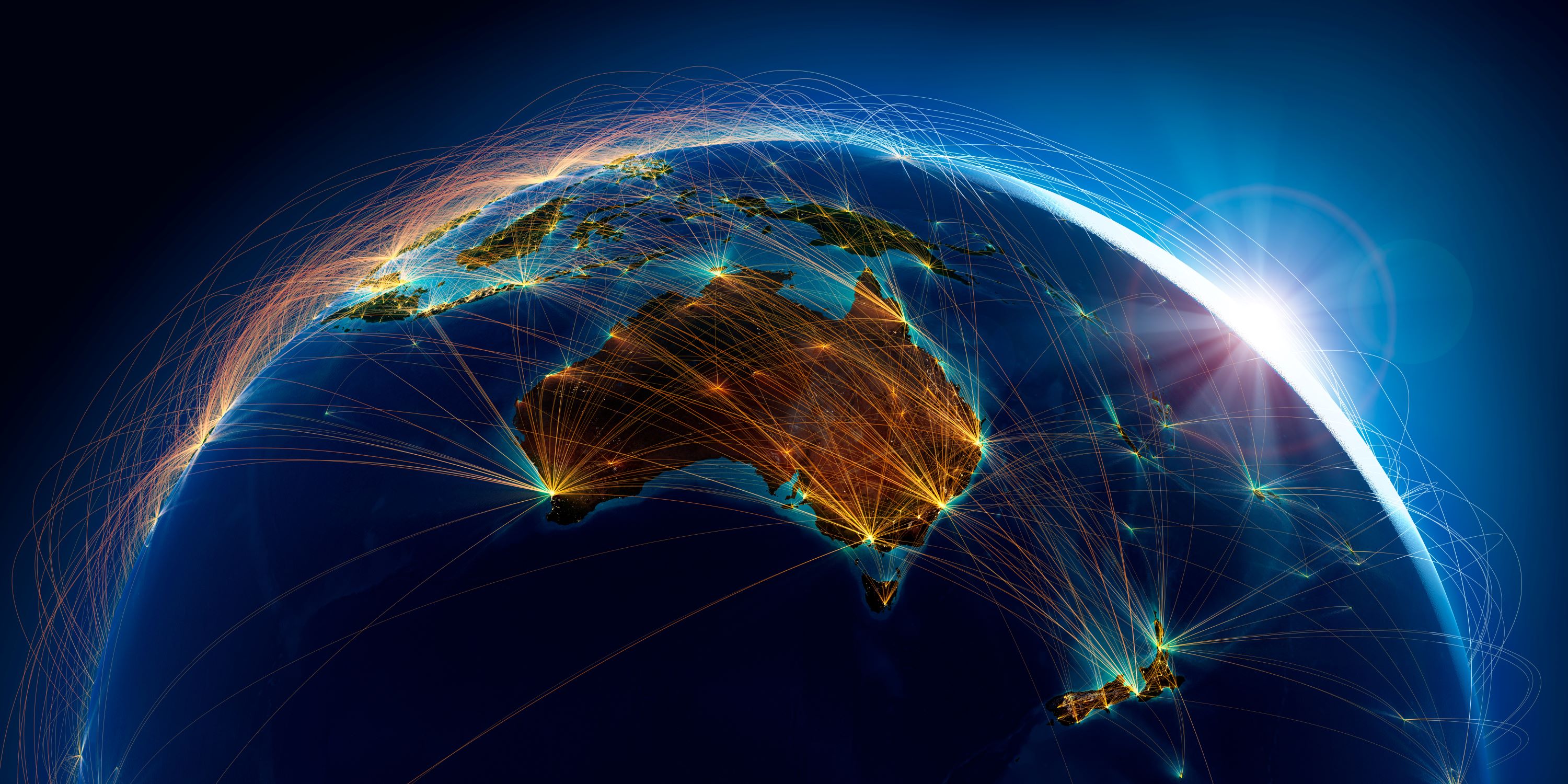
As the UK’s new trade deals with Australia and New Zealand come into effect, the IOE&IT Daily Update rounds up the latest trade developments from the two nations.
Australia-EU
The EU is still working towards a trade deal with Australia, with negotiators aiming for a summer agreement.
Although the talks are regarded as being at the “endgame” stage, domestic opposition on both sides is likely to make the final push for approval difficult.
According to Politico, the last formal round of negotiations took place in late April, but opposition remains inside the EU from powerful lobbying groups, such as French farmers and German car makers.
On the Australian side, dairy farmers and other food groups are concerned about restrictions on the use of terms such as ‘feta’ and ‘prosecco’ that are normally protected under European trade deals. The lobby groups have urged Canberra to avoid making them a “scapegoat” in negotiations.
Trade minister Don Farrell told the Guardian last week (23 May) that he wanted a deal that would diversify Australia’s international trade offerings, but no concessions had yet been made.
Australia-India
Last week (24 May) also saw Australian prime minister Anthony Albanese meet his Indian counterpart Narendra Modi meet in Sydney to discuss economic and security ties.
According to the Mint, both leaders committed to a “comprehensive” trade deal by the end of the year.
Topics of discussion included critical minerals and renewable energy, with a new migration and mobility agreement being signed to allow travel and work opportunities for nationals of both countries.
The Sydney Morning Herald reported that trade minister Farrell said that Australia would not ignore human rights concerns in any negotiations, as questions have been raised about Modi’s domestic politics.
He said: “If there are issues, we will raise them. That doesn’t mean we can’t have another conversation about trade diversification. I think we can do both of those things.”
According to Reuters, Australia is seeking to diversify its trade network away from China, and this includes forging a closer trading relationship with India.
Australia-China
Despite efforts by Canberra to move away from China trade, the joint relationship appears to be improving.
The Independent reports that Farrell toured China in early May and talked of “stabilizing” the partnership, adding that he hoped to “work through a successful pathway for the resolution of all of our outstanding trade differences.”
Farrell said that the Australian barley sector may be the beneficiary of any thawing in the trading relationship, according to Bloomberg.
China is Australia’s biggest trading partner, with two-way trade totalling $287bn last year.
However, relations have stagnated in recent years as after Beijing halted imports of Australian goods when Canberra imposed sanctions on China for alleged interference in Australian elections.
Simon Birmingham, a shadow foreign affairs minister and former trade minister in the previous Coalition government, called on Albanese to avoid visiting China until these sanctions were lifted.
NZ-China
New Zealand has also pushed to diversify its relationship away from China.
Prime minister Chris Hipkins previously urged his country’s exporters to make sure they weren’t “putting all [their] eggs in one basket” in relation to international trade.
According to Bloomberg, Hipkins’s ruling Labour Party has been urging New Zealand exporters to diversify for several years, but China still remains the country’s largest trading partner despite their efforts.
Former PM Jacinda Arden had hoped to lead a trade mission to Beijing according to Reuters, but left office before she could do so.
New Zealand exports to China amounted to $21.45bn in 2021, with imports reaching $16.26bn.
ChinaDaily reports a recent survey released by New Zealand Trade and Enterprises showed that 64% of middle-class consumers in China, “recognize the premium quality of New Zealand products, the highest rate among all the surveyed markets”.
NZ food exports
New Zealand food exports have experienced some setbacks in recent weeks. Last week (22 May) it was reported that apple production and exports are predicted to hit record lows in 2023.
As a result of damage from Cyclone Gabrielle, 840 hectors of apple-producing land requires full redevelopment, while another 1,260 have seen significant tree death.
FreshFruitPortal reports that this is expected to have a multi-year effect on New Zealand’s fruit exports. The damage is also expected to hit other fruit products, such as avocados.
In another setback, New Zealand’s Intellectual Property Office recently refused to register “manuka honey” as a trade mark, meaning that Australian producers can continue to manufacturer and export the product without changing the name.
